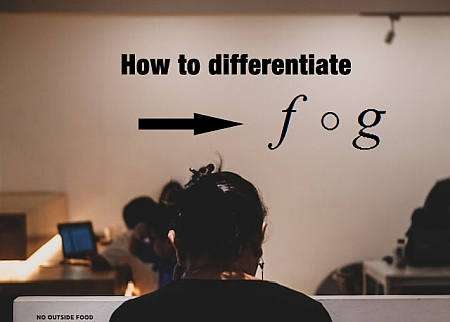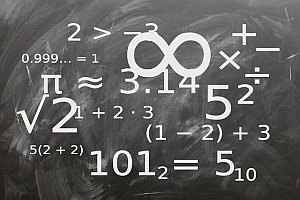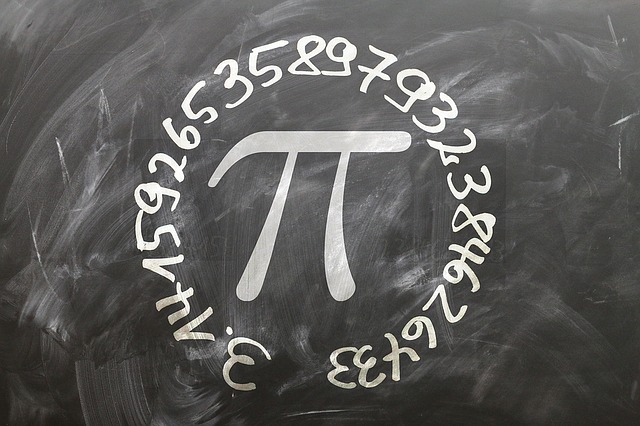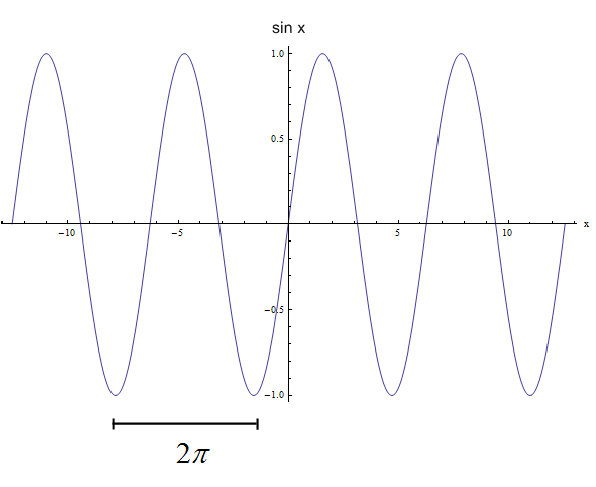Second Derivative Calculator
Instructions: Use second derivative calculator to compute the second derivative (this is, the derivative of the derivative) of any differentiable function that you provide, showing all the steps. Please type the function in the form box below.
More on Second Derivatives
This calculator can help you to compute the second derivative of any valid function you provide, showing all the steps of the process. All you need to do is to provide a valid, differentiable function.
A valid function could be f(x) = x*tan(x), or f(x) = 3x^3 + 2x - 1, etc. It could be any valid function, and it does not have to necessarily come simplified, since the calculator will simplify it, in case it is needed.
Once you provide a valid function has been provided, you can click on the "Calculate" button, in order to get all the calculations and steps shown.
Second derivatives are tremendously practical in many applications, especially in Calculus, with the second derivative test for maximization and minimization, to assess whether a critical point is a maximum, minimum or none.

What is the second derivative
In very simple terms, a second derivative is just the derivative of the derivative. So the process of computing a second derivative involves computing a derivative one time, and then another time, using the common derivative rules. The second derivative of a function \(f(x)\) is usually written as \(f''(x)\).
The idea of second derivative also applies to partial derivatives, and it corresponds to the derivative twice, but in this case, it can be computed with respect to different variables.
Steps for calculating the second derivative
- Step 1: Identify the function f(x) you want to differentiate twice, and simplify as much as possible first
- Step 2: Differentiate one time to get the derivative f'(x). Simplify the derivative obtained if needed
- Step 3: Differentiate now f'(x), to get the second derivative f''(x)
The steps appear to be easy, but depending on the given function, the amount of algebraic calculations could be large.
Second derivative notation
The most common notation for the second derivative is \(f''(x)\), which reflects well the fact that the derivative operation, denoted by ', is applied twice to the function.
There is another notation for the second derivative, which is particularly useful when the function \(f(x)\) is referred as 'y = y(x)'. Then, we use the following notation for the second derivative.
\[\displaystyle \frac{d^2y}{dx^2} = \displaystyle \frac{d}{dx} \left(\frac{dy}{dx}\right) \]
Steps for computing second derivatives for implicit functions
- Step 1: Identify the equation involving x and y
- Step 2: Differentiate both sides of the equality. Each side could potentially depend on x, y and y'. Simplify obvious terms, but it is not strictly necessary
- Step 3: Differentiate again both sides of the equality. Each side could potentially depend on x, y, y' and y''. Then, solve for y''
It is usually much easier to compute the second derivative by implicit differentiation than by solving y in terms of x first and then differentiating, in case that x and y are defined implicitly by an equation, like \(x^2 + y^2 = 1\).
Second derivative at a point
Same as the derivative, the second derivative is a function defined point by point. Notice that a common error students make is thinking, since I want to differentiate at a point, and the function evaluated at a point is constant, its derivative must be constant. WRONG. You first compute the derivative, and THEN you evaluate.

Example: Second derivative calculation
Calculate the second derivative of : \(f(x) = \cos(x^2)\)
Solution: In this example, we will compute the second derivative of the function \(\displaystyle f(x)=\cos\left(x^2\right)\).
Second Derivative: Now, we differentiate the derivative obtained so to get the second derivative:
Final Conclusion: We find that the second derivative we are looking for is:
\[f''(x) = -4x^2\cos\left(x^2\right)-2\sin\left(x^2\right)\]Example: More Second derivatives
For the following function : \(f(x) = x \cos(x)\), compute its second derivative
Solution: Now, we do the same in tis \(\displaystyle f(x)=x\cos\left(x\right)\), for which we need to compute its derivative.
The function came already simplified, so we can proceed directly to compute its derivative:
Second Derivative Calculation: The next step is to differentiate the derivative obtained in the previous steps:
Second Derivative Conclusion: We conclude that the second derivative of the given function isa:
\[f''(x) = -x\cos\left(x\right)-2\sin\left(x\right)\]Example: Second derivative and implicit differentiation
Using implicit differentiation, calculate the second derivative of y with respect to x, for \( x^2 + y^2 = 1\).
Solution:We apply implicit differentiation, assuming that y depends on x, and we differentiate both sides of the equality:
\[ \frac{d}{dx}\left(x^2 + y^2\right) = \frac{d}{dx} (1) \] \[ \Rightarrow 2x + 2yy' = 0 \]Now, applying implicit differentiation again:
\[ \frac{d}{dx}\left( 2x + 2yy' \right) = \frac{d}{dx} 0 \] \[ \Rightarrow 2 + 2y'^2+2yy'' = 0 \] \[ \Rightarrow 2y'^2 + 2yy'' = -2\] \[ \Rightarrow yy'' = -1 - y'^2 \] \[ \Rightarrow y'' = \frac{-1 - y'^2}{y} \]which concludes the calculation.
More derivative calculators
When finding the derivative of a function, it is natural to think about doing the process again, which is finding the derivative of the derivative, and that is precisely what this second derivative calculator does.
The concept of second derivative is quite useful in Calculus, especially at the time of maximize or minimize functions. The second derivative gives you information about the concavity of a function, which is also crucial at the time to understand the shape of the graph of the function.
Second derivatives can be calculated both for regular derivatives and for implicit differentiation, in which you calculate implicit differentiation rule two times.





